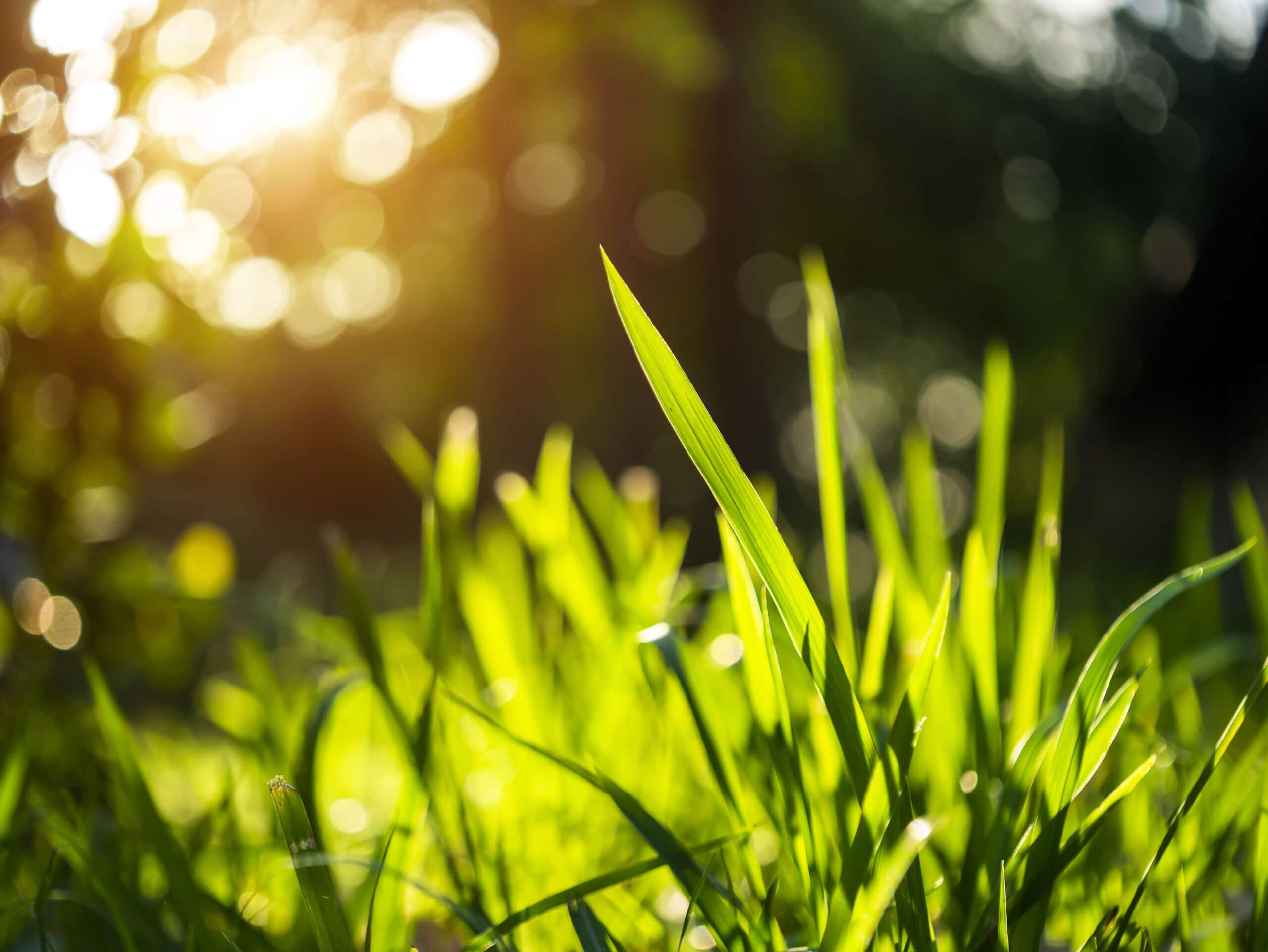
All About CitraBlue St. Augustine Sod
There are many types of grass that grow well in the Florida climate, and St. Augustine is one of the most common. Starting in 2006, the University of Florida set out to research and improve this type of grass to make it even easier for homeowners to care for. The end result of that project was CitraBlue St. Augustine grass, released at the end of 2018. Here’s what you need to know about this unique grass type and what sets it apart from other grasses that are common in the region.
Where to Plant CitraBlue St. Augustine Sod
CitraBlue St. Augustine is specifically engineered to grow well in Florida, making it suitable for a wide range of applications. From residential lawns to parks to sports fields and even golf courses, this type of grass can thrive in a variety of settings. It will grow best in soil that is sandy or has clay content, making it hardy and durable. Neutral or alkaline soils are best, and the grass has tolerance for salt content in the soil as well.
CitraBlue St. Augustine is more drought-tolerant than other varieties of grass, so it is a great choice even in areas with heavy watering restrictions. It grows well in the shade as well, so there is no need to worry if your space doesn’t get as much sunshine as other types of grass might require. The grass grows in quickly and can rapidly fill in bare patches, making it easy to establish in your yard.
A Unique, Beautiful Appearance
One of the distinguishing features of CitraBlue St. Augustine is its unique bluish tinge. While other grasses are predominantly green, this style has a distinctive blue hue that stands out and highlights the beauty of other plants in your garden. Even in the fall when conditions get drier, it retains its color very well and doesn’t dry out quickly. In the spring, its color bounces back quickly, keeping your lawn looking great throughout the year.
The blades of CitraBlue are a bit wider than standard St. Augustine, giving it a lush, full appearance. This type of grass flourishes at a height of about one to three inches, which is ideal for both comfort and beauty.
Caring for CitraBlue Sod
One of the key benefits of CitraBlue is that it is relatively easy to care for. You’ll typically need to mow it about every week or two. Leave the clippings on the grass to provide natural fertilizer. It is also a good idea to add fertilizer that contains nitrogen, potassium, and phosphate in the spring and fall to get the best results.
Because CitraBlue is drought-tolerant, it will typically only need to be watered once or twice a week with about 1 inch of water at each session. This will encourage a deep root structure, helping the grass to gain a strong foothold to boost its drought-tolerance.
CitraBlue also exhibits excellent weed, insect, and disease resistance. As long as you keep the grass taller than 1 inch, you typically won’t have a problem with weeds. It is also great at fending off chinch bugs and the St. Augustine decline (SAD) virus. If you encounter any fungal infections, they can typically be treated quickly and easily with standard fungicide.
Additional Benefits of CitraBlue St. Augustine Grass
Thanks to its hardy nature, CitraBlue has great tolerance for wear in all but the highest-traffic areas. It also recovers well from injury to bring it back to its beautiful appearance quickly. The grass propagates fairly rapidly to fill in any bare patches over time.
Learn More About CitraBlue St. Augustine
If you are interested in finding out more about whether CitraBlue St. Augustine, we welcome you to get in touch with us here at Duda Sod. Our Florida sod experts will be happy to answer your questions and help you evaluate your many sod options, including CitraBlue, Zoysia, Bahia and Floratam sod. While CitraBlue has a limited availability in Florida at the moment, it’s important to determine early on which sod is best for your specific application. Reach out to our team today for all your sod needs!